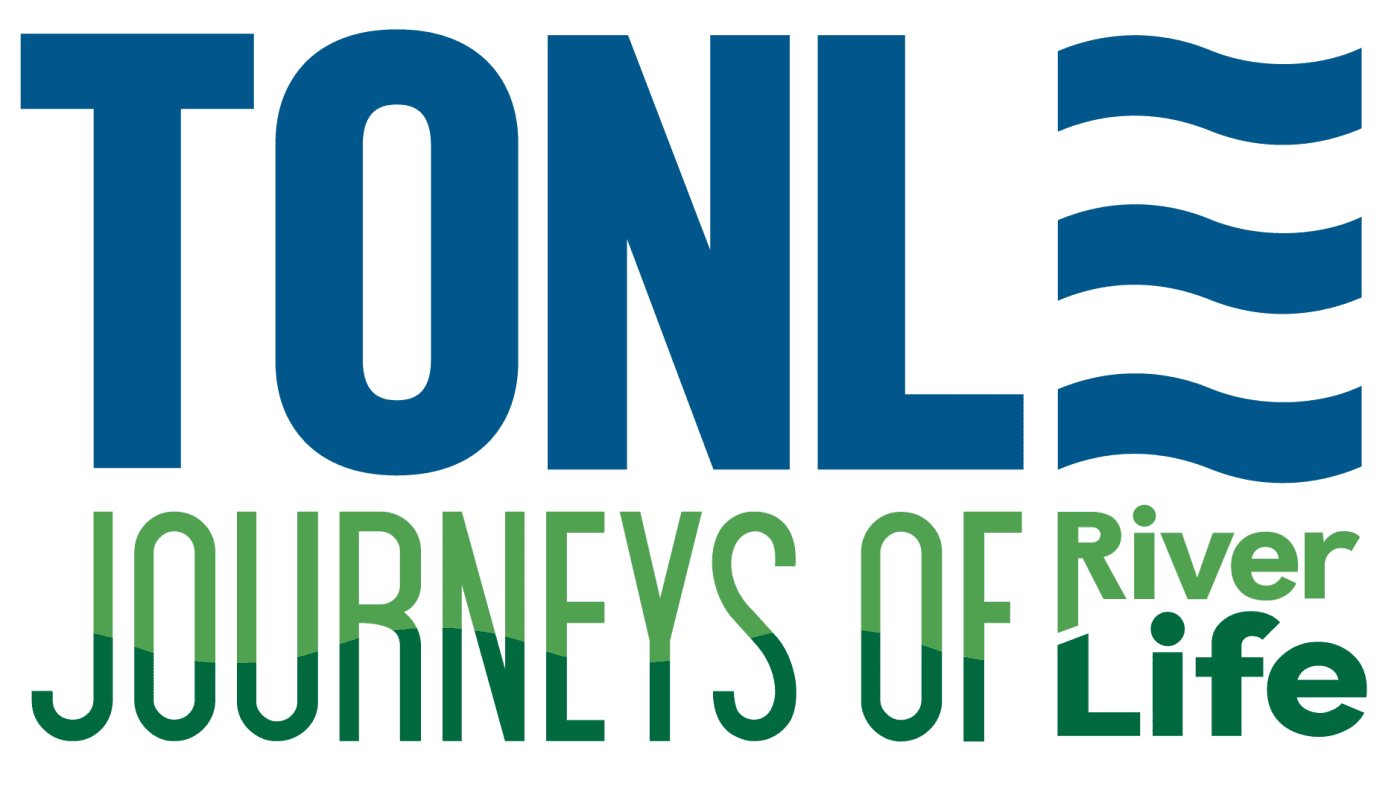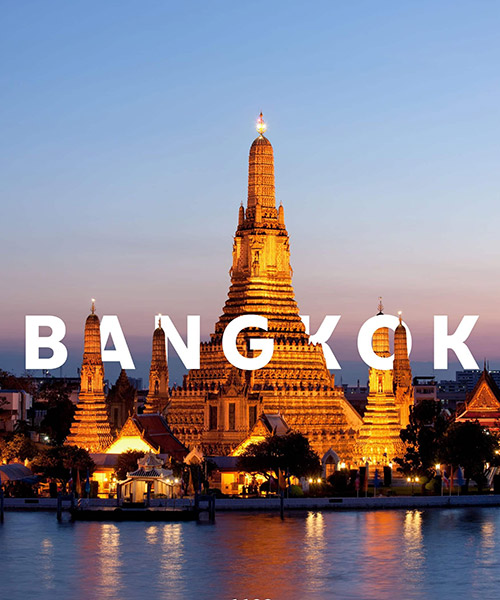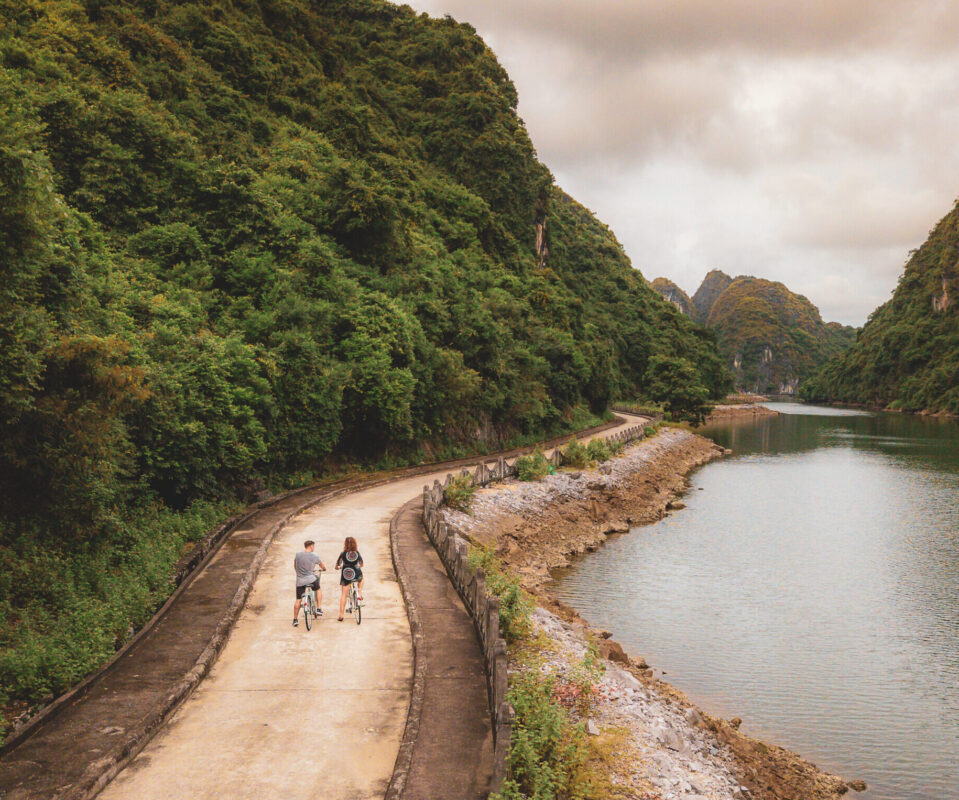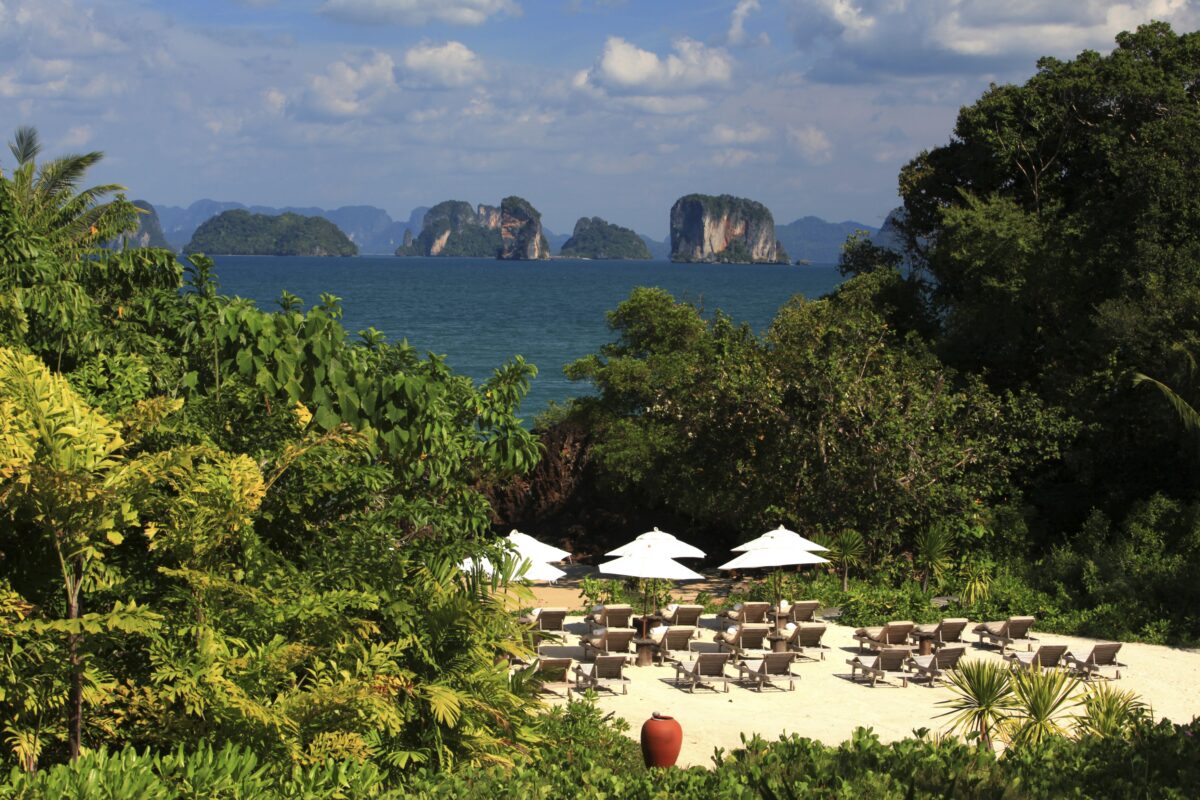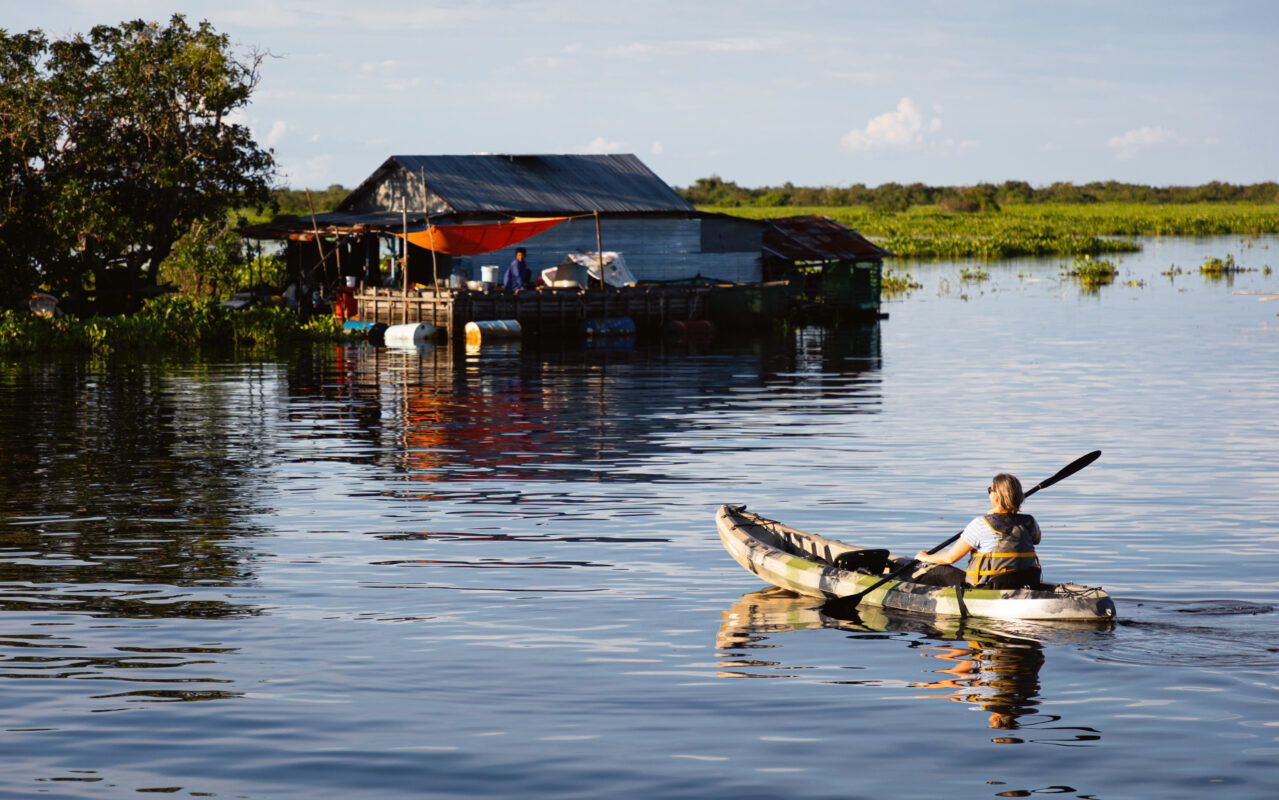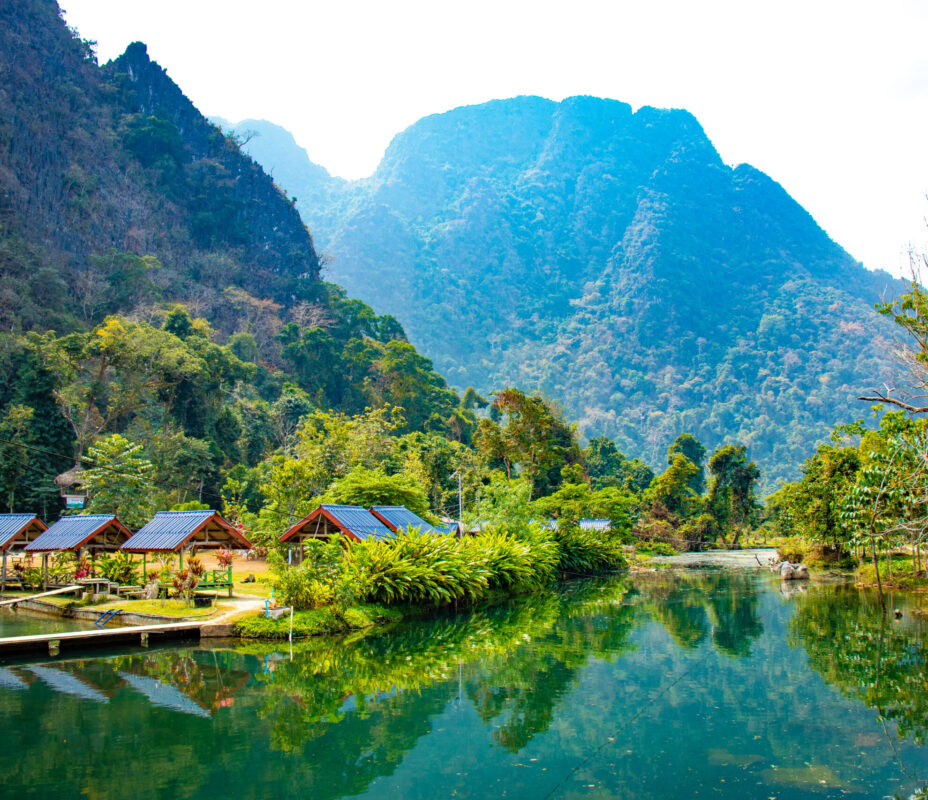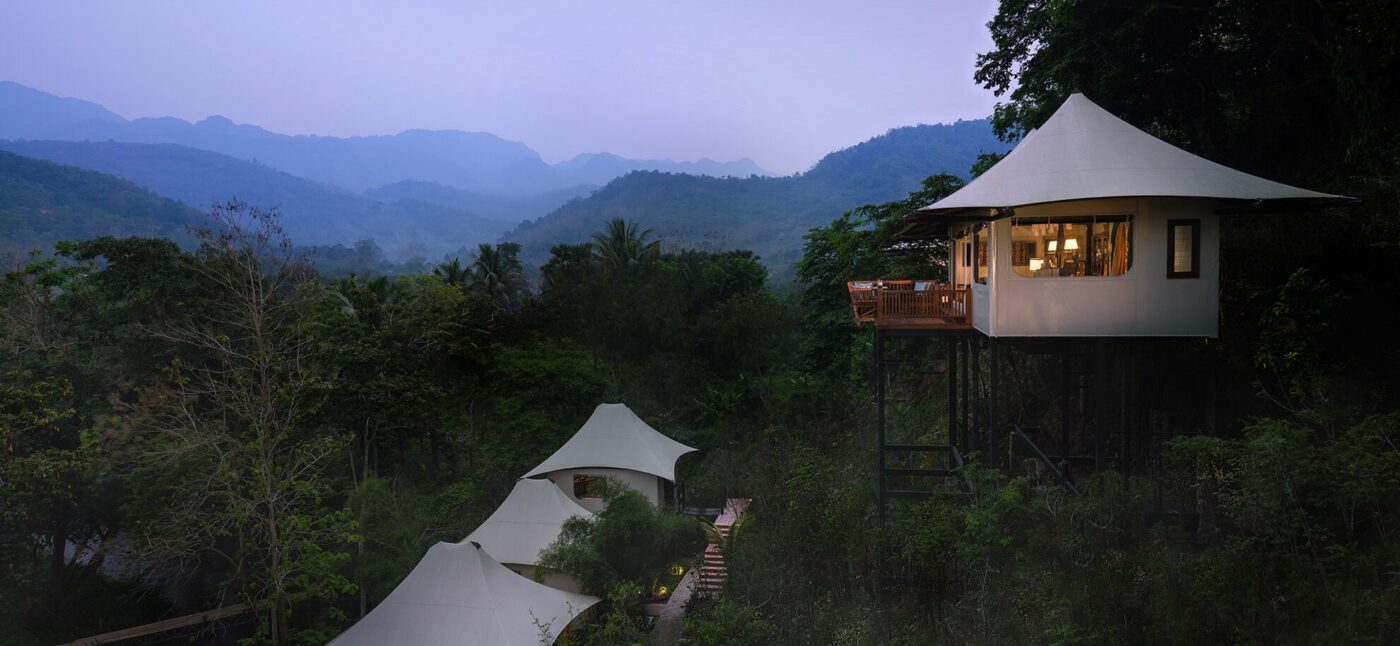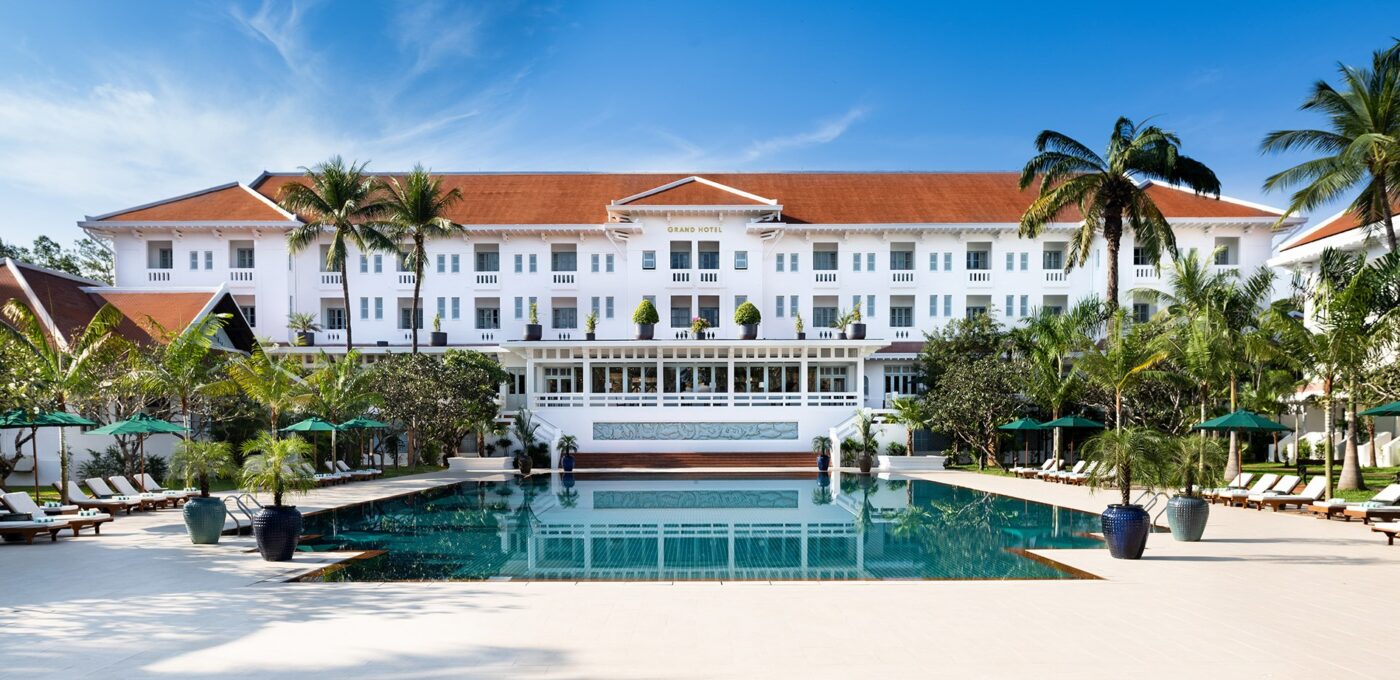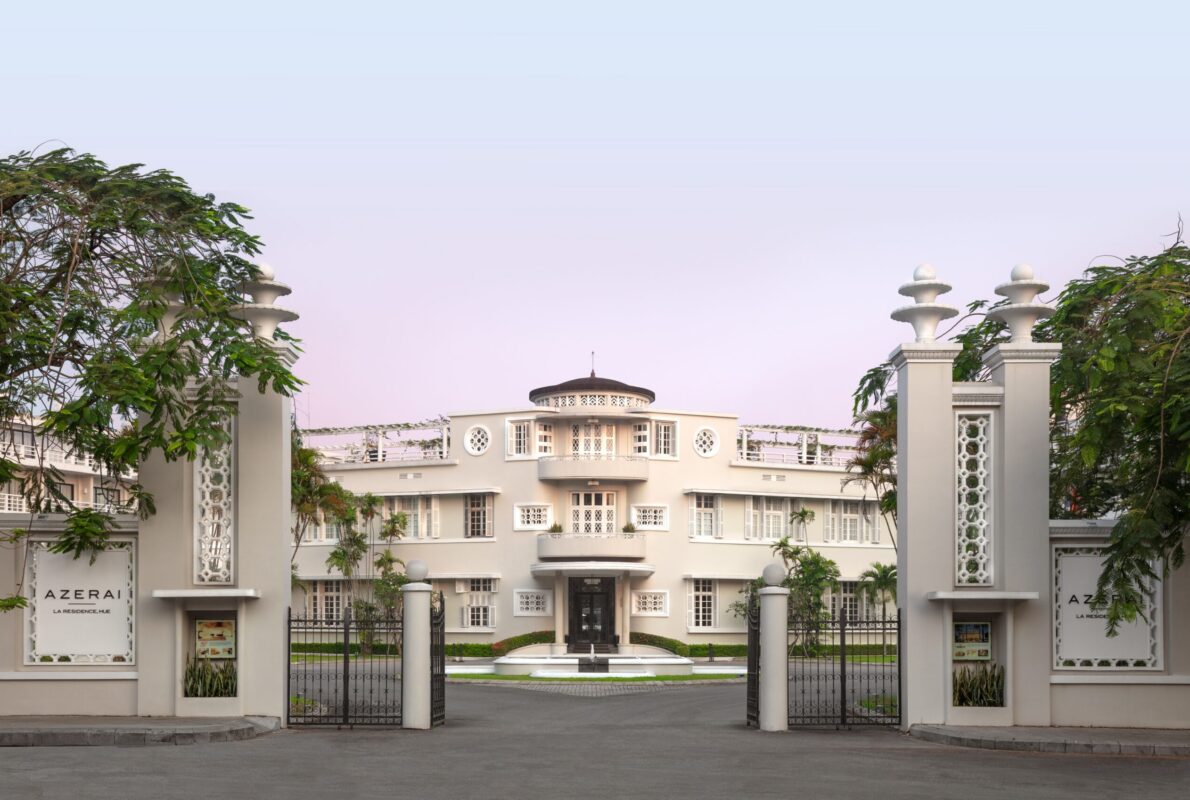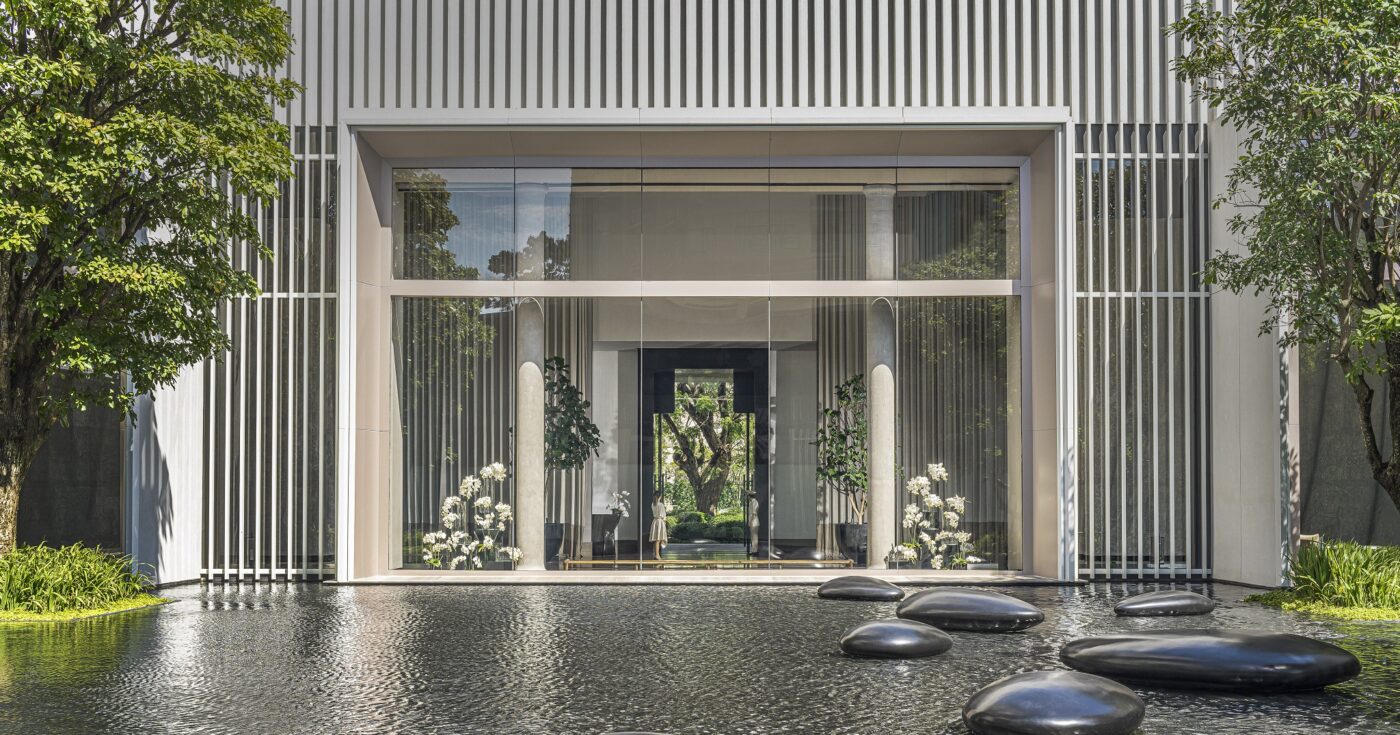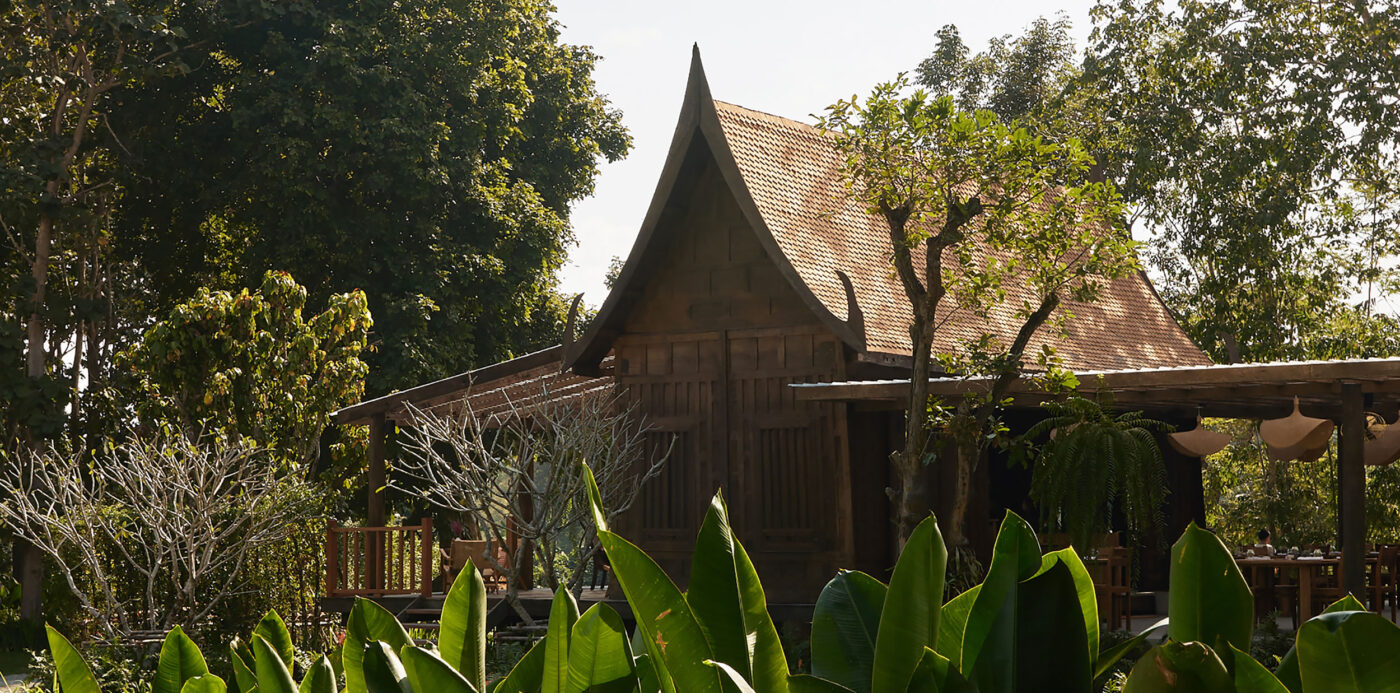When there’s a country as attractive as Vietnam, it would be a pity not to visit. With dramatic landscapes, fascinating history, epic food, and much more, this magical little piece of Southeast Asia is awaiting to be explored. To enter Vietnam, a valid visa is required for citizens of most countries to visit Vietnam, unless they come from one of the visa-exempt countries or only plan to visit Vietnam’s Phu Quoc Island. There are three ways of obtaining a visa for traveling to Vietnam: 1) a traditional visa directly from a Vietnamese Embassy or Consulate; 2) an e-visa via online application; 3) a visa on arrival with a pre-approved visa letter.
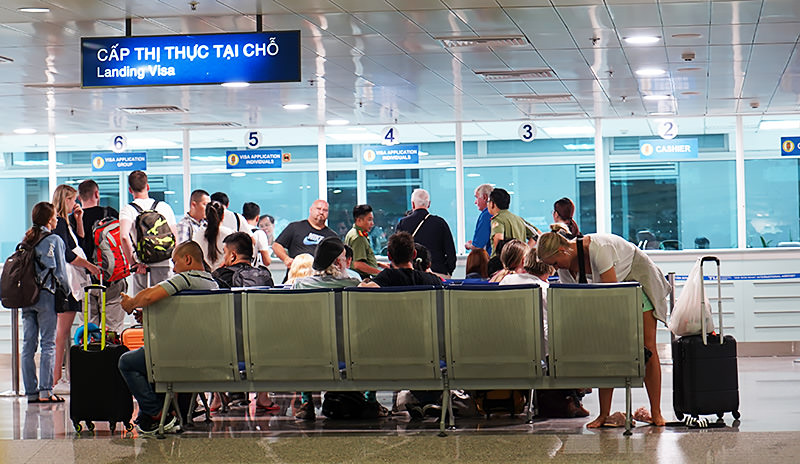
Confused about the options for a Vietnam tourist visa? Read on to check out all the info you may need to know on visa applicatons, fees, pros and cons.
Vietnam Visa Exemptions
1. Which countries do not need visas for Vietnam?
Vietnam offers visa exemptions ranging from 14 to 90 days to citizens of 26 countries holding valid ordinary passports. A printout of return tickets or tickets for a third country needs to be presented at customs.
1). 2 countries with a maximum stay of 14 days: Brunei and Myanmar;
2). 1 country with a maximum stay of 21 days: Philippines;
3). 7 countries with a maximum stay of 30 days: Cambodia, Indonesia, Kyrgyzstan, Laos, Malaysia, Singapore, and Thailand;
4). 14 countries with a maximum stay of 45 days: Germany, France, Italy, Spain, the U.K., Northern Ireland, Russia, Japan, South Korea, Denmark, Sweden, Norway, Finland and Belarus.
5). 2 countries with a maximum stay of 90 days: Chile; Panama
Notes on Visa-exempt countries listed above:
1) As the visa exemption policy may change each year, it is suggested you contact the Vietnam Embassies or Consulates for official confirmation before you go.
a. The exemptions for Sweden, Norway, Denmark, Finland, Japan, South Korea, and Russia are valid until August 16, 2023.
b. The exemptions for the United Kingdom, France, Germany, Spain, and Italy are valid until August 16, 2023.
2) For passport-holders from Russia, Japan, South Korea, Denmark, Norway, Finland and Sweden, Belarus, UK, France, Germany, Spain and Italy who enter Vietnam as unilateral visa-exempted, the entry date must be at least 30 days from the previous exit as a unilateral visa-exempted person. Otherwise that person is required to have appropriate visa to enter Vietnam. That is to say, a gap of 30 days is required between two visa-exempt visits.
2. Phu Quoc Island, where visa exemption is available for all nationalities.
Phu Quoc Island, classified as a Special Economic Zone, is the only destination in Vietnam that does not require a visa. Holders of foreign passports are exempted from visa requirement for entry into and exit from Phu Quoc Island for visits of no longer than 30 days, when they only visit there and no other destination in Vietnam. If they transit through other international border gates in Vietnam before entering Phu Quoc, they still enjoy such exemption.
Vietnam Visa Application
Option 1: Apply for a traditional, stamped visa through Vietnamese Embassy or Consulate
You can apply for a visa through your nearest Vietnamese Embassy or Consulate either in person or by post. To do this, you need to fill out and sign an application form, sending it along with your passport and a passport photo. The fee varies depending on the Embassy or Consulate.
Pros:
1). This traditional approach can be used to apply for any type of visa, including 1-month single/multiple-entry, 3-month single/multiple-entry, 6-month multiple-entry, 1-year multiple-entry.
2). You can travel to Vietnam by any means of transport by land, air, or sea, as the visa can be used for any entrance point.
3). Visa is stamped before departure. That means, you do need to wait in line to get your visa stamped upon arrival in Vietnam.
Cons:
1). The application process is not the most convenient, especially for people who do not live near a Vietnamese Embassy or Consulate.
2). The processing time is longer. It usually takes about 5 working days to process (You can choose to get it sped up to 1- 2 days for urgent service, at an extra charge.)
Option 2: Vietnam E-visa
Vietnam’s e-Visas are now available to all countries You can choose single-entry or multiple-entries from 30-90 days.(August 16 2023)
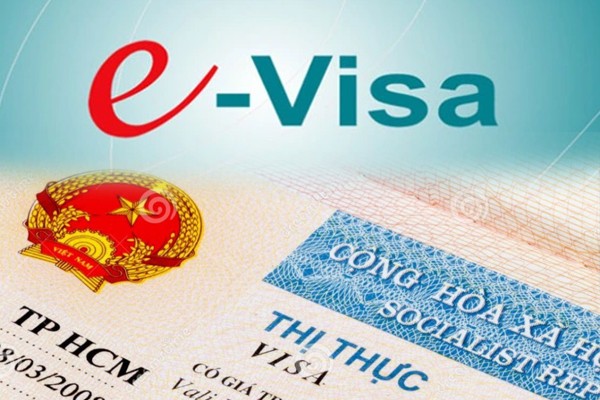
How to get an Vietnam e-Visa
Anyone who wish to travel to and enter Vietnam can personally apply for an E-visa or through the inviting or guaranteeing agencies and organizations. The application is quite convenient, as it can be done by completing an online application form. The application process goes step by step as follows:
1). Click this link to access the official website of e-visa application.
2). Upload two photos – passport data page image and Portrait photo (4×6 cm) – in .jpg format; then, completely fill out the required fields on the form, and submit it.
3). Pay the E-visa fee of USD 25 to complete the application. Please remember to copy down the registration code provided.
No email will be sent regarding E-visa results. You can use the registration code to check and print your E-visa. The validity period begins from the date specified in the approved E-visa document. Within this validity, you can enter Vietnam with a valid passport and printed E-visa on any date.
Pros:
1). The E-visa application is quite convenient, as it can be done by completing an online application form.
2). It takes about 3 working days to process the application, and only costs USD 25.
3). The visa does not need to be stamped in your passport; hence there is no stamping fee and no need to queue on arrival for your passport to be stamped.
4). E-visa holders can enter and exit Vietnam, whether by air, land, or sea, through any of 33 international checkpoints: 8 international airports, including Hanoi, Ho Chi Minh City and Da Nang, as well as 16 land crossings and 7 seaports.
Notes:
1). The fee will not be refunded if the application is refused.
Option 3: Vietnam Visa On Arrival (VOA)
If you are planning a multiple-entry visit or a stay of more than 30 days, you can consider to enter Vietnam with a visa on arrival. It is a popular way for arrivals by air.
How to get a visa on arrival?
Step 1: Applicants for visa on arrival need to apply for a letter of visa approval online through either the visa websites or travel agents. It must be presented when boarding your flight to Vietnam and to the immigration officer at the arrival airport.
1). Fill in the Vietnam visa application form online at one of visa websites.
2). Pay for the processing fee online. The amount depends on the visa type (1, 3, or 6 month, or 1-year single or multiple-entry visa) and visa website.
3). Receive Vietnam visa approval letter via email within several working days.
Step 2: A full visa can be obtained at one of Vietnam’s three international airports in Hanoi, Da Nang, or Ho Chi Minh City upon arrival, with the required documents (passport, 2 recent passport-type photos, Vietnam visa approval letter, entry-exit form) and visa stamping fee in cash. The on-arrival procedure goes as below:
1) At the immigration counter, get in line to submit your original passport, print-out of Vietnam visa approval letter, completed entry-exit form and 2 recent passport-type photos to the officer.
2) Wait for the officer to process your documents. When your visa is ready, you will hear your name being called out. Pay visa stamping fee (USD 25 for 1 or 3-month single entry visa, USD 50 for 1 or 3-month single multiple entry visas) in USD/VND to the officer.
3) The officer will then return your passport (with Vietnam visa stamped on it), along with a receipt for your payment.
Odynovo can supply the Vietnam VOA Approval Letter to our clients for free, once a tour is booked with us.
Pros:
1). There are several type of visa for choice. You can apply for longer-term and multiple-entry visas.
2) It is convenient to apply for Vietnam visa approval letter online, and get your passport stamped upon arrival. You do not need to go in person to the Embassy/ Consulates, or apply by post.
Cons:
1). Visa on arrival is only an option for air travelers, and you can only get your passport stamped at one of the 3 airports in Hanoi, Da Nang, or Ho Chi Minh City.
2). At the arrival airport, it is needed to wait in line to get your passport stamped with the visa. It usually take about 15-30 minutes, but can be longer for up to an hour in high travel season (from November to December).
Tips:
1). There may be a long queue at the arrival airport of Vietnam. Fast track service is available for people in a hurry to go through the customs faster, and an extra cost of around USD 25 per person will be charged by the service provider there.
